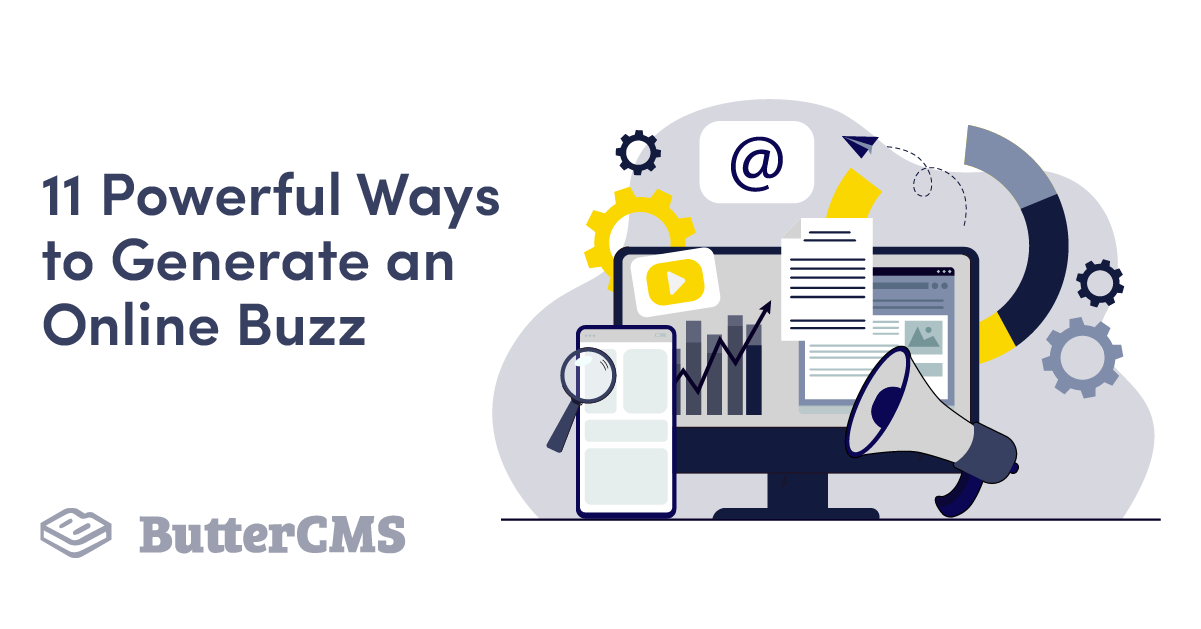
GSD
Innovative Activation Marketing: 11 Powerful Ways to Generate an Online Buzz
Posted by John Mwaniki on October 10, 2023
When you create your product or curate your service, what are the emotions you want to evoke in your customers? What promises are you making to them about your product or service and what it can deliver?
The goal of activation marketing is to create a connection, be it a promise or an emotion, between your clients and your brand. Activation marketing serves two primary purposes: it creates awareness about your brand and leads to a specific user experience. The result is hopefully increased trust in your brand, resulting in higher sales for you.
Table of contents
In the past, brands have used several techniques to make marketing campaigns multisensory for their clients. However, in the age of Covid, some of the old campaign techniques are either impossible to run or are severely limited. On the other hand, other methods have grown rapidly in popularity. Here are just a few ways that marketing has changed during the pandemic.
How marketing has been affected by Covid
- Covid-19 is a highly contagious disease. And for that reason, one of the measures put in place by many governments around the globe has been social distancing. People are expected to stay several feet away from each other and avoid gathering in large groups. This makes running physical events quite challenging if not impossible. Brands that do hold physical events need bigger spaces or need to cut down on attendance.
- Thanks to the pandemic, many organizations are now working online, and many people are choosing to stay indoors. Consequently, internet usage has gone up significantly. For example, according to the BBC, internet use more than doubled back in 2020. This means that companies have to increase their online marketing campaigns and budgets to stay competitive and meet their audience wherever they are online.
- According to Statista, there was a 39.7% increase in online transactions between January 2020 and January 2021. This means that products and service delivery techniques have to change as well per this data.
- During Covid, consumer spending habits changed significantly. As seen in this study by JPMorgan, consumers have had to reevaluate both how they much spend and what they spend their money on. This has led to a decline in the consumption of some products like cosmetics and increased consumption of others like food and health.
With these changes in mind, here are 11 marketing techniques brands can use to create online buzz.
11 ways to generate an online buzz
1. Improve your brand's online presence.
More people are on the internet now more than ever. Brands must improve how they present themselves online to catch the eye of customers. They should make an effort to be more active and creative to stand out from their competitors.
2. Make the user experience unique
Whether you sell products in the categories whose sales, according to the JPMorgan study, have increased or decreased, there are very few completely unique products. You can, however, stand out by making the user experience outstanding. Some brands do this by making their packaging stand out or offering freebies with regular purchases.
One exceptional example of this can be seen in Coca-Cola's 2019 augmented reality (AR) holiday campaign wherein smartphone users were able to unlock several AR polar bear experiences by scanning specially marked cans.
3. Solve your clients' current problems
When your product solves a problem that many consumers have, they will be more inclined to work with you and spread the word. For example, errand running businesses such as Postmates, DoorDash, and Taskrabbit have seen a boom in business since the beginning of the pandemic as they help people run errands they either lack the time for or are unable to run themselves—especially with government warnings to stay indoors.
4. Create unique partnerships
When you partner with well-known brands and influencers, you can tailor the partnership so that both parties benefit and reach a broader market. Partnerships are great because they help both sides of the partnership benefit from the others' customer and follower base, increasing their exposure. A timely example of this can be seen with Miller Lite's Virtual Tip Jar. Since the first few series of lockdowns back in 2020 Miller Lite has been partnered with the USBG Foundation to support the millions of bar and service staff currently out of work.
5. Do something shocking
Present your products or service so that it positively shocks your clients. Sometimes this is as simple as going above and beyond in your service delivery or as complex as finding the angle that makes your products or service stand out from the rest.
One odd example of this happened way back in 2013 when Snickers took an interesting approach to gain the attention of hungry internet searchers as a part of their "You're Not You When You're Hungry" campaign. By teaming up with ad agency, AMV BBDO, and Google the brand successfully targeted the top 500 most commonly misspelled search terms. In a little over two days, Snickers managed to gain 558,589 ad impressions on those misspellings. Not bad right?
6. Consider Pivoting
For many brands, some of their campaign methods may be inadequate or useless. For example, hotels that have used techniques like sampling and sponsoring events to market themselves may now find these methods to be currently unfeasible. By pivoting to service delivery and focusing their campaigns on promoting this new service, they may be able to venture into a new market share and save their business. Similarly, a gym or gym instructor can carve out a new market share by selling recorded programs or by having online/streamed workout sessions.
Source: Planet Fitness's Facebook Page
The point here is, if your old service delivery methods don't work, it may be time to pivot.
7. Leverage social media
According to Statista, in March 2020 alone, more than 40% of those surveyed said they spent longer periods on social media than before the pandemic, with at least 29% stating that they were using social media for 1-2 additional hours daily. By creating social media platforms and engaging with your current clients and potential clients on these platforms, you can increase your chances of making a positive impact.
It makes sense that brands should focus on social media marketing if that is where many people are. One great thing about social media marketing is that it's easier for people to share content. Additionally, consider appointing social media brand ambassadors who can increase your reach even more.
8. Create exclusive (virtual) events
Online meetings are a new normal during the pandemic. Zoom was one of the first platforms to shoot to popularity during the pandemic. However, there are some great platforms that offer much more than Zoom can.
For example, Hopin takes online meetings to a new level by allowing brands to create online events. Rather than all members meeting in a singular room like in Zoom, Hopin enables users to explore different rooms during an event and interact differently with different areas. During a Hopin event, you can be able to sustain the interests of clients for longer, as they get to explore different places and activities rather than stay in the same place.
Source: Hopin
While physical events have to be scaled down significantly, brands can still find ways to hold physical events. They may have to cut down the guest list, but they can still give some clients the chance to experience their products first hand. These lucky attendants can then help spread the word about the product to the broader market via social media.
9. Help your customers support social causes
Most people love helping others and supporting social causes for two reasons. The main reason is that they feel like they are supporting something that deserves it, and the second is the good feeling they get when they help. One way to encourage clients to come to you is to help them get that good feeling every time they buy your products. For example, if you promise to donate a portion of your revenue to a social cause, people who can resonate with it will get that good feeling every time they buy from you.
Source: Campaigns of the World
MISEREOR Social Swipe is a great example of experiential giving and is the first interactive billboard to accept credit cards. All you one has to do to donate is swipe their credit card through the poster to donate 2 Euros which triggers an interactive experience such as cutting a slice from a loaf of bread or cutting rope tied around a person's wrists.
10. Make use of emerging technology
Your clients may not be able to live test products, but you can give them a taste of what is to come by using tech. For example, a theme park can create a 3D video of a new roller coaster ride. Potential clients can then experience the ride virtually using virtual reality headsets. This is a great way to give them a feel of what the new ride is like before experiencing it in real life.
Though the beauty industry is no stranger to using augmented reality as an alternative to in-person product testing, the onset of Covid has unsurprisingly led to a rapid and widespread adoption of the practice. For example, international beauty retailer Sephora has been using their Virtual Artist AR try-on kiosks since before the pandemic and has since made the AR application available as a mobile app for your phone.
Source: The Verge
11. Spend some time building relationships
If your business is not selling now but is planning to launch a product or service in the future, use this time to build relationships with potential clients. By doing so, they will look forward to your products or services once they are ready to launch or relaunch. While you can use some of the advertising techniques mentioned above, you'll need to make sure you're fueling anticipation in your clients. However, don't deceive anyone by making it seem like the product or service is ready when it isn't.
A few important things to note
When executing any marketing strategy, there are three points to always remember:
- The customer is king – You may have a product or service that you believe in 100%, but most people do not want or need it. Always center your products and services around the customers' pain points, needs, and objections so that you have a ready market when you launch.
- Make it shareable – Make your products and services so good, they sell themselves. In the words of David J. Greer, Wind in Your Sails, "A customer talking about their experience with you is worth ten times that which you write or say about yourself."
- Be different – Why would your customers leave their current service or product providers for you? Give them a good reason to try and stick to your product by making them a promise they can't resist then fulfilling this promise.
Quick pro-tip
Those in marketing no doubt know about and use a Content Management System (CMS). An excellent alternative to using a traditional, monolithic CMS is to use a headless CMSs. A headless CMS will focus on the backend of content management. The focus of headless CMSs is on the creation, editing, and storage of content. These CMSs are great for several reasons, but one of the main ones is that they allow you to create content that can be delivered through the API to whatever output location you want, not just websites.
Conclusion
The effects of the pandemic will be felt long after social distancing is over. The marketing world, just like most industries, will never be the same again. However, what those in marketing can do now is make proper changes and implement the necessary techniques that help them meet consumers where they are. The changes and practices you adopt should take into consideration the current state of affairs. It's important to remember that the customer is at the forefront of your marketing campaigns, and they should, therefore, always come first.
Do you want your product or marketing team to test Butter CMS? We can set up a live demo to walk your team through the fast, easy-to-use interface.
ButterCMS is the #1 rated Headless CMS
Related articles
Don’t miss a single post
Get our latest articles, stay updated!

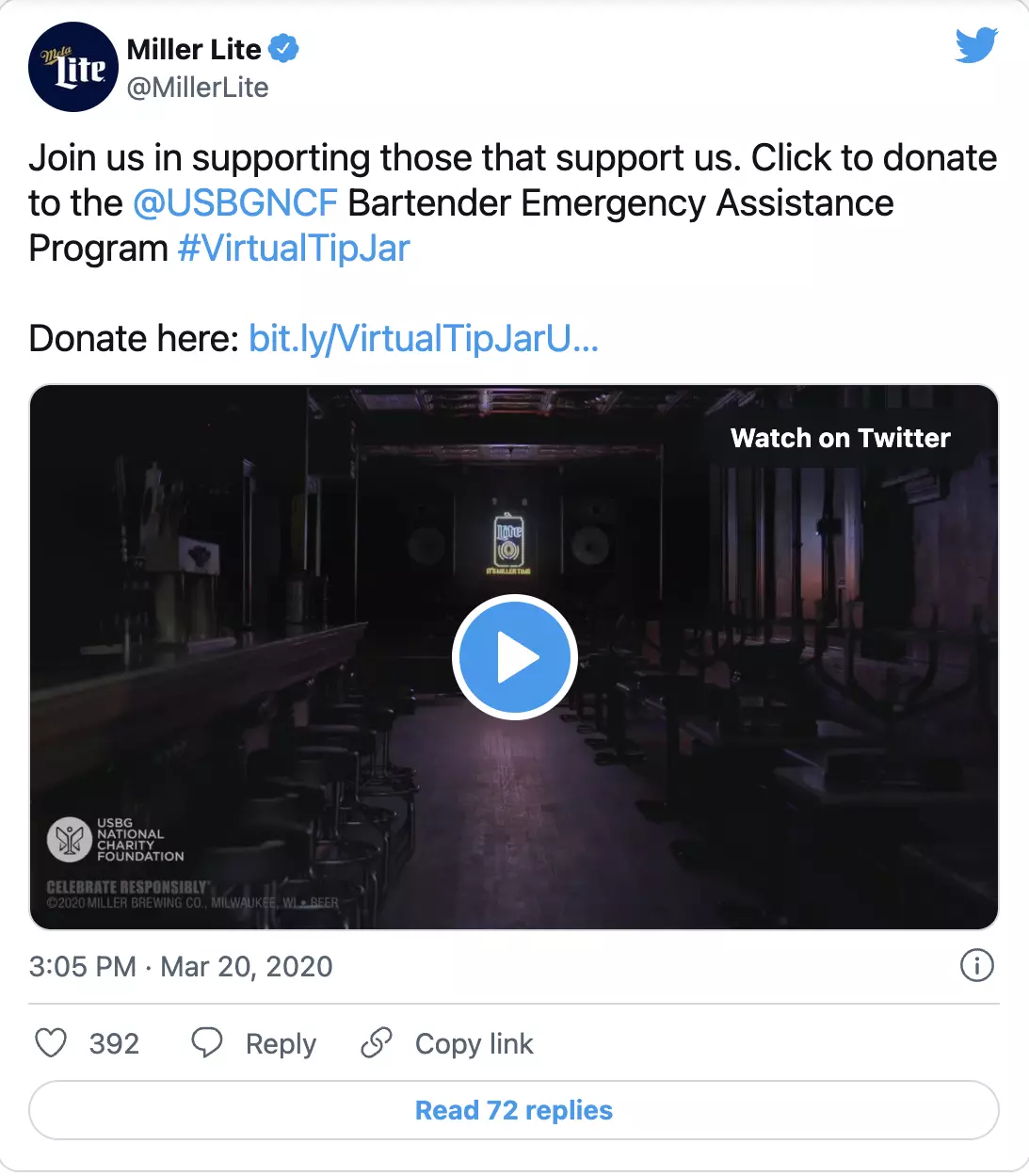
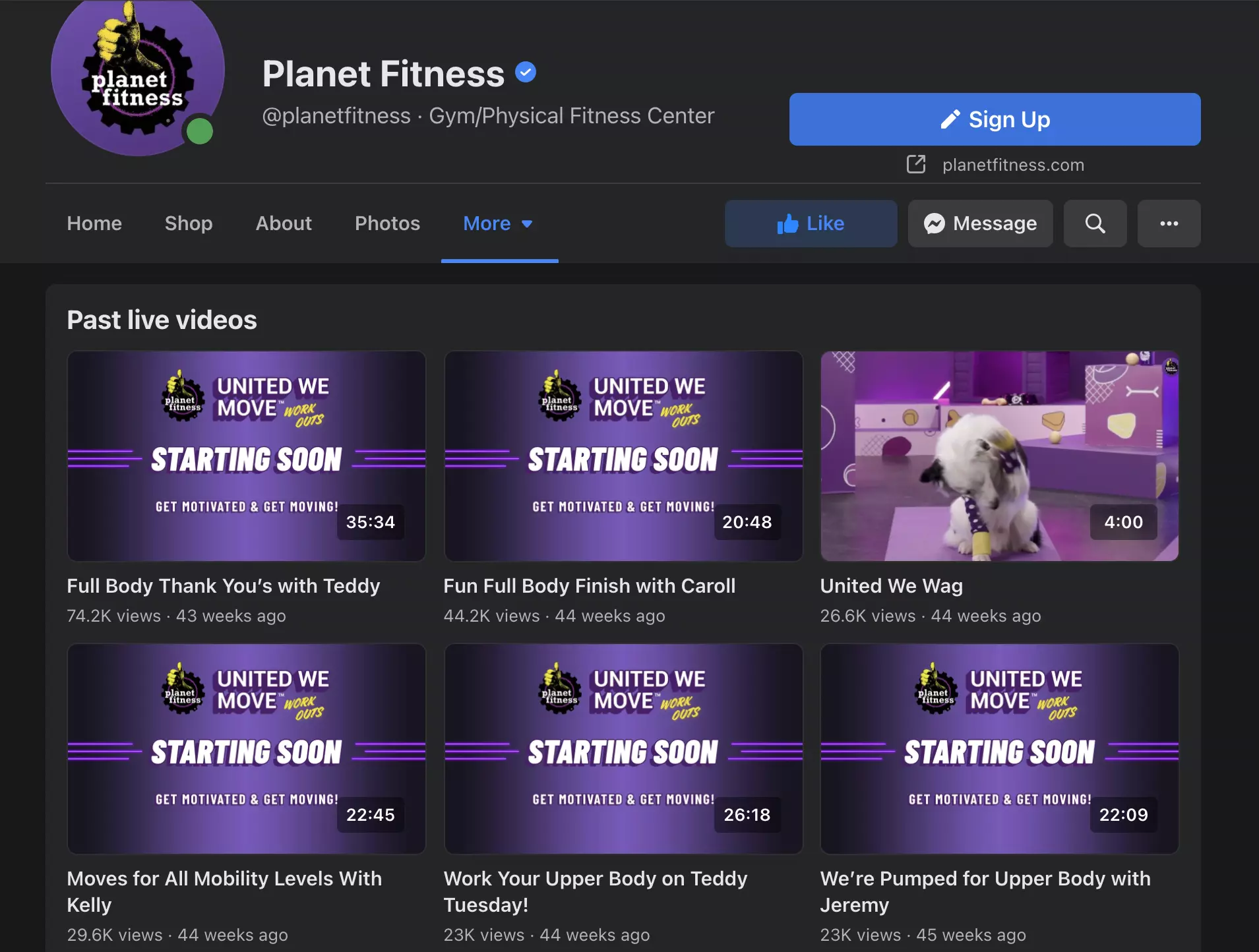
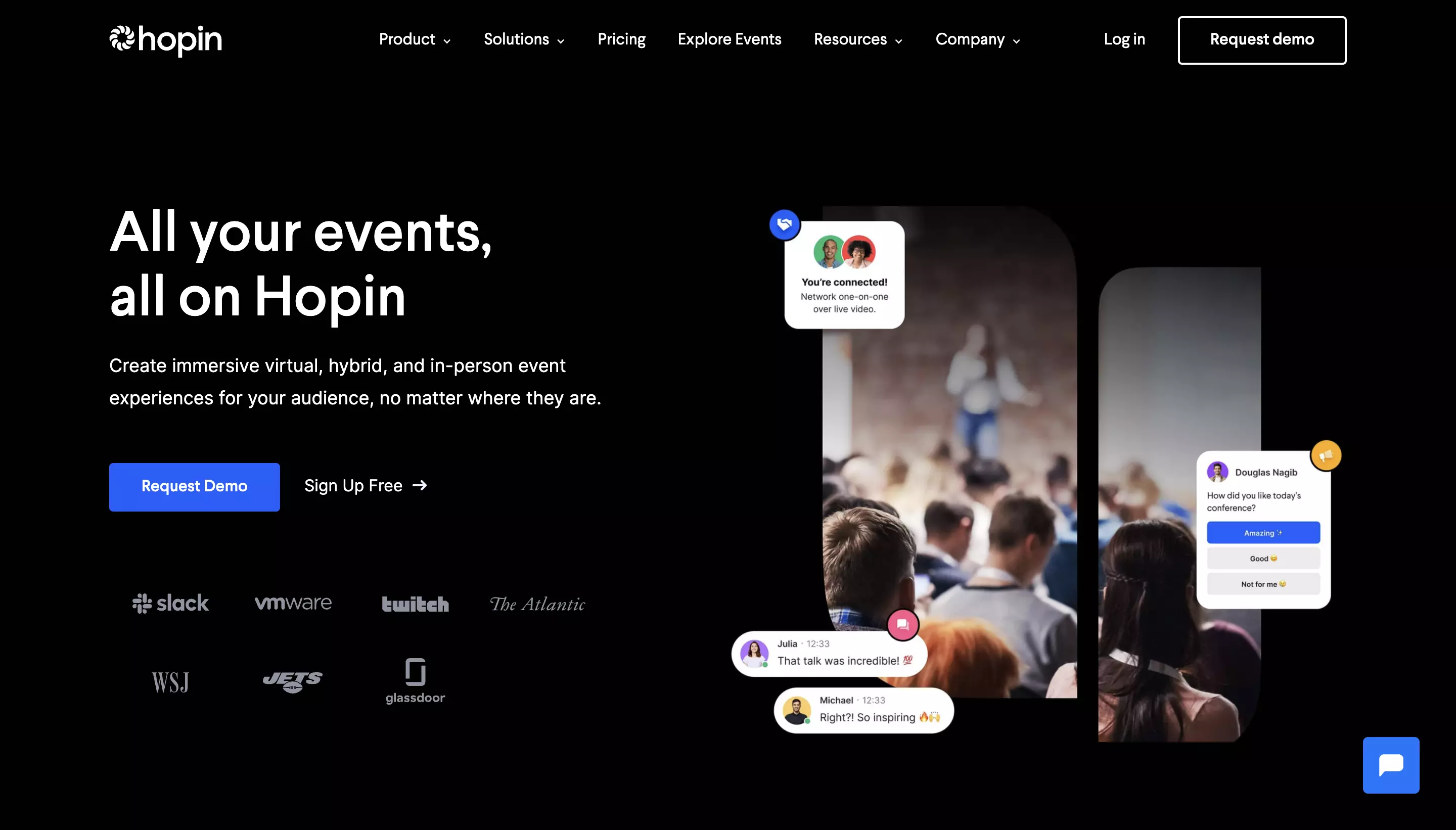
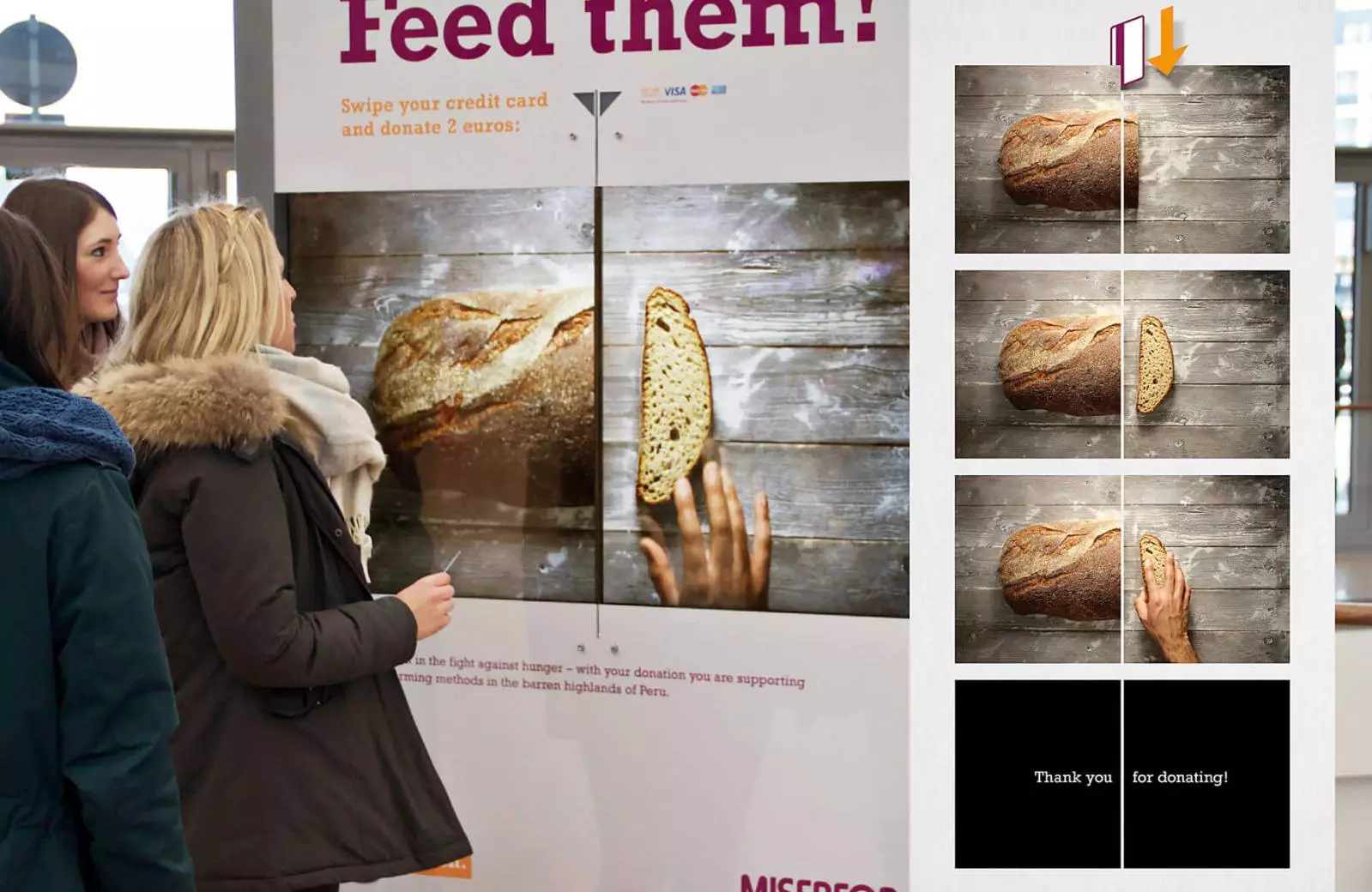














John Mwaniki is a content writer who specializes in ghost blogging, email marketing campaigns, and sales pages. He works closely with B2B and B2C businesses providing digital marketing content to increase social media attention as well as search engine visibility.